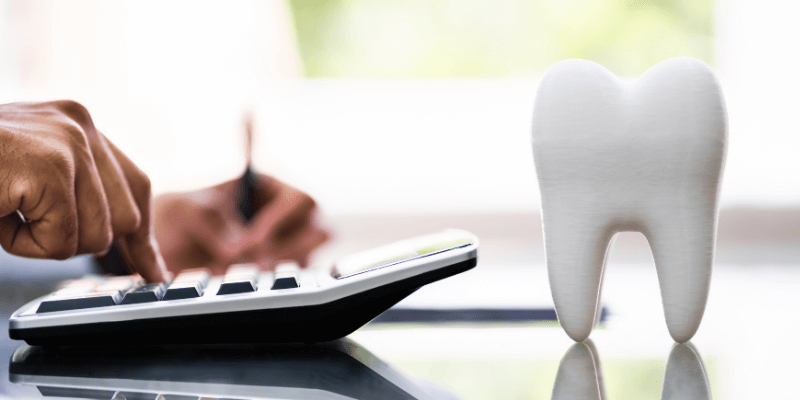
Every 14 seconds, a person visits the emergency department for a dental problem, equating to 2.2 million ED visits annually! The cost of those visits surpasses $2.4 billion. Furthermore the ADA estimates that 80% of emergency dental visits could take place in a community setting. With these astounding numbers, there is an eye to the future to reduce the financial burden of emergency room visits for conditions that may be addressed in alternative settings—teledentistry may be the solution.
Leading the Way
The CDC has released recommendations for COVID that include the importance of telehealth as an effective triage tool, “leveraging telehealth to direct people to the right level of healthcare for their medical needs.” The telehealth market is the fastest growing alternative health option, expected to reach $64 billion by 2025. While the revenue generation options are encouraging, most important is the average healthcare cost saving by a telemedicine visit versus in-person, ranging from $19-121. In fact, 80% of Americans state they would consider a telehealth service if it were affordable.
Synchronous or Asynchronous
The ADA states teledentistry can include care delivery either synchronous, asynchronous, remote-patient monitoring or through mobile health. However, the CDT codes available for use are the D9995 (synchronous) and D9996 (asynchronous) and are the most common modalities used. It is necessary to conduct a synchronous teledentistry encounter with audio and visual means to conduct a problem-focused evaluation. Many third party payors may have additional requirements when determining payments for the submitted codes, though acceptance and reimbursement has greatly improved. It may require additional documentation and image capture of the dental condition.
Protect Your Patients and Your Practice
Using a secure platform, such as TeleDent, that can capture documentation needed by insurance companies is ideal, protecting your patients and your practice. The ADA has temporarily relaxed the HIPAA guidelines in response to the pandemic to ensure patients can receive care, however an office may still be held responsible if the dental provider does not take all the necessary precautions to protect PHI. The HIPAA regulations do not prohibit text or email communication, however safeguards must be in place and a written risk analysis must be completed and implemented. In most instances, it is safer and easier to use an established all-in-one software for teledentistry, such as TeleDent.
ADA Guidance
The ADA issued Billing and Coding Interim Guidance, recommending to notify patients that the use of third-party apps can expose privacy and providers are encouraged to use encrypted and privacy modes when using technology. TeleDent offers dentists an encrypted, HIPAA-compliant, password-protected and secure cloud-based solution for patient care. Patients must acknowledge a teledentistry consent policy when signing into the patient portal to share information with providers including images, treatment plans and additional documentation. Informed consent is a highly recommended practice to ensure you protect yourself as a provider and your dental practice against violations. The documentation and interactions between patients and providers create a record for review and billing as needed, protecting your practice and increasing the likelihood you get paid for teledentistry virtual visits.
Teledentistry has become a valuable tool in enhancing dental practices and providing encouraging outcomes. It provides a way for patients to establish relationships with dental providers and become invested in their own care, it will continue to grow and become mainstream in all areas of dental practice.
